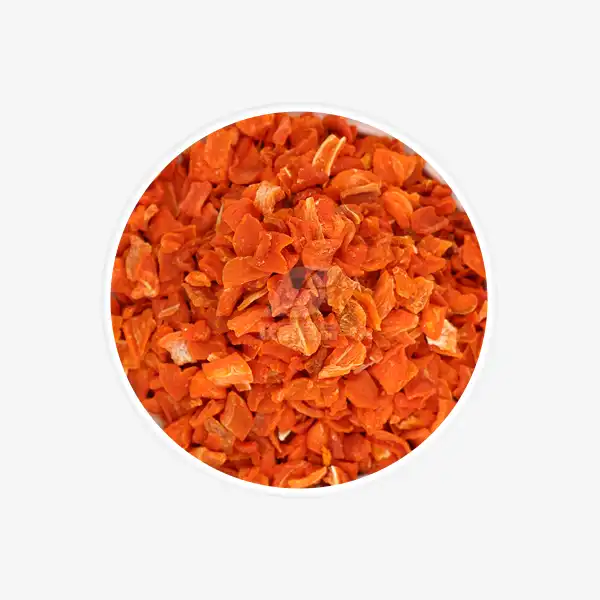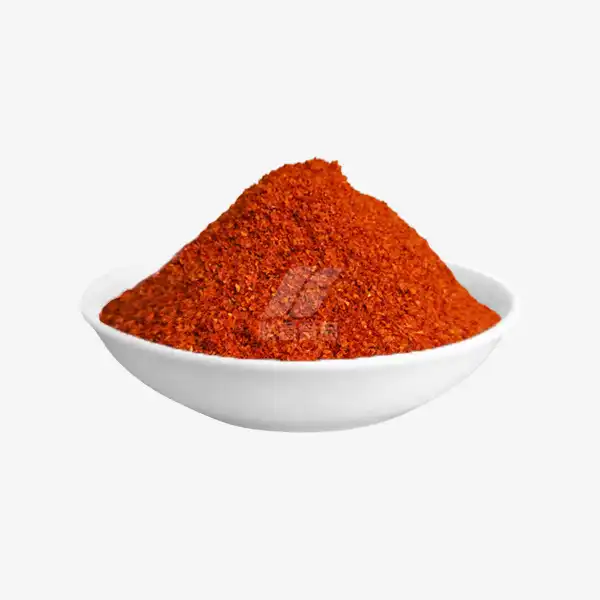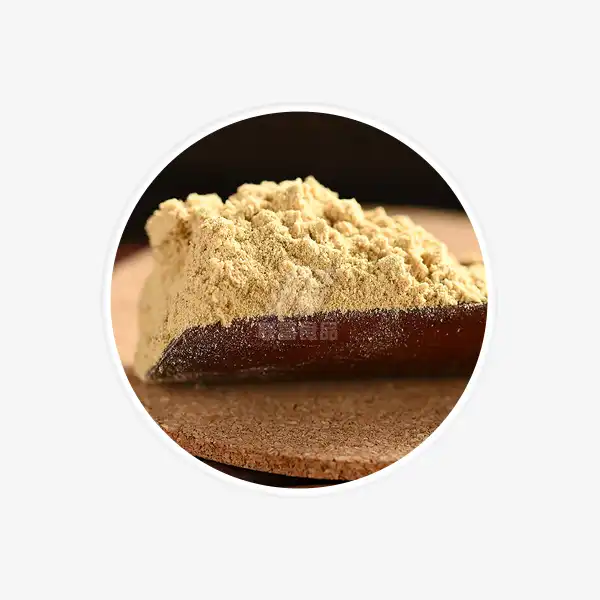Cooking with Powder White Pepper: Tips and Recipes
White pepper powder is a versatile and subtle spice that can elevate your culinary creations to new heights. Derived from the ripe fruits of the Piper nigrum plant, white pepper offers a milder flavor profile compared to its black counterpart. In this comprehensive guide, we'll explore the best dishes that incorporate powder white pepper, how to substitute it in recipes, and essential storage tips to maintain its freshness. Whether you're a seasoned chef or a home cook looking to expand your spice repertoire, this article will help you harness the full potential of white pepper powder in your kitchen.
Best Dishes That Use Powder White Pepper
White pepper powder is a culinary chameleon, adapting seamlessly to a wide array of dishes across various cuisines. Its subtle heat and delicate aroma make it an ideal choice for recipes where you want to add depth without overpowering other flavors. Let's explore some of the best dishes that showcase the unique qualities of white pepper powder:
Creamy Soups and Chowders
White pepper powder shines in creamy soups and chowders, where its mild heat and earthy notes complement the velvety texture. Try adding a pinch to your next batch of potato leek soup or New England clam chowder for a subtle flavor boost that won't disrupt the soup's pristine appearance.
Mashed Potatoes
Elevate your mashed potatoes by incorporating white pepper powder. Its gentle warmth and nuanced flavor profile enhance the creamy, buttery goodness of this classic side dish without introducing visible specks.
Béchamel Sauce
The quintessential white sauce, béchamel, benefits from a touch of white pepper powder. This spice adds depth and complexity to the sauce without altering its color, making it perfect for dishes like lasagna, moussaka, or croque monsieur.
Chinese Hot and Sour Soup
White pepper powder is a key ingredient in authentic Chinese hot and sour soup. Its subtle heat and unique flavor contribute to the soup's characteristic tang and warmth, balancing the acidity of vinegar and the richness of other ingredients.
Swedish Meatballs
These Scandinavian delights rely on powder white pepper for their distinctive flavor. The spice adds a gentle warmth that complements the meat and cream sauce without overwhelming the palate.
Seafood Dishes
White pepper powder pairs exceptionally well with seafood, especially in light, cream-based sauces. Try incorporating it into your next shrimp scampi or seafood pasta for a nuanced flavor enhancement.
Chicken à la King
This classic comfort food benefits from the subtle heat and complexity of white pepper powder. The spice enhances the creamy sauce without detracting from the dish's elegant appearance.
How to Substitute White Pepper Powder in Recipes?
While white pepper powder has its unique characteristics, there may be times when you need to substitute it in a recipe. Whether you've run out of white pepper or are looking for alternatives due to taste preferences or allergies, here are some effective substitutions:
Black Pepper
The most obvious substitute is black pepper. While it has a more robust flavor and visible specks, it can work in many recipes. Use about 3/4 the amount of black pepper compared to white pepper called for in the recipe.
Ground Ginger
For recipes that call for white pepper's warmth without the peppery bite, try using a small amount of ground ginger. Start with 1/4 of the amount of powder white pepper called for and adjust to taste.
Ground Cumin
In savory dishes, especially those with Middle Eastern or Indian flavors, ground cumin can provide a similar earthy warmth. Use about half the amount of cumin as you would white pepper.
Ground Coriander
Another option for savory dishes is ground coriander. It offers a subtle, citrusy flavor that can complement many recipes. Use an equal amount of coriander to replace white pepper.
Paprika
For dishes where you want to add warmth without heat, try paprika. It won't provide the same flavor profile, but it can add depth to your dish. Use an equal amount of paprika to replace white pepper.
Ground Mustard
In creamy sauces or soups, ground mustard can provide a similar level of heat and complexity. Start with 1/4 of the amount called for and adjust to taste.
Ground White Peppercorns
If you have whole white peppercorns, grinding them fresh can provide a more potent flavor than pre-ground powder white pepper. Use a spice grinder or mortar and pestle to grind the peppercorns as needed.
Storage Tips to Maintain White Pepper Powder Freshness
Proper storage is crucial for maintaining the flavor and potency of white pepper powder. By following these storage tips, you can ensure that your white pepper powder remains fresh and flavorful for as long as possible:
Airtight Containers
Store white pepper powder in an airtight container to protect it from moisture and air exposure. Glass jars with tight-fitting lids or ceramic spice containers with rubber seals work well.
Cool, Dark Place
Keep your white pepper powder away from direct sunlight and heat sources. A cool, dark cupboard or pantry is ideal for storage.
Avoid Moisture
Moisture is the enemy of spice freshness. Never use wet spoons or expose the powder to steam when measuring. Consider using a dry spoon or shaker to dispense the pepper.
Refrigeration
While not necessary, storing white pepper powder in the refrigerator can help extend its shelf life, especially in humid climates. Just ensure the container is airtight to prevent moisture absorption.
Whole Peppercorns
For maximum freshness, consider buying whole white peppercorns and grinding them as needed. Whole peppercorns retain their flavor and aroma longer than pre-ground powder.
Regular Checks
Periodically check your white pepper powder for signs of moisture, clumping, or off-odors. If you notice any of these, it's time to replace your supply.
Conclusion
White pepper powder is a versatile and subtle spice that can enhance a wide variety of dishes. From creamy soups to stir-fries, its mild heat and nuanced flavor profile make it a valuable addition to any kitchen. By understanding how to use white pepper powder effectively, substitute it when necessary, and store it properly, you can elevate your culinary creations and explore new flavor dimensions.
For high-quality powder white pepper and other premium spices, consider exploring the offerings from Xinghua Lianfu Food Co., Ltd. Our commitment to quality and food safety ensures that you're getting the best ingredients for your culinary adventures. For more information or to place an order, please contact us at qingzhengliu@jslianfu.com.
References
1. Smith, J. (2020). The Complete Guide to Culinary Peppers. Spice World Publications.
2. Chen, L. (2019). Traditional Chinese Cuisine: Spices and Techniques. Asian Culinary Institute Press.
3. Johnson, M. (2021). Spice Storage and Preservation Methods. Journal of Culinary Science, 15(2), 78-92.
4. Williams, S. (2018). The Art of Spice Substitution in Modern Cooking. Culinary Arts Quarterly, 9(4), 112-125.
5. Brown, R. (2022). Exploring Global Pepper Varieties: From Black to White and Beyond. International Spice Review, 7(1), 45-60.

_1729843393550.webp)









